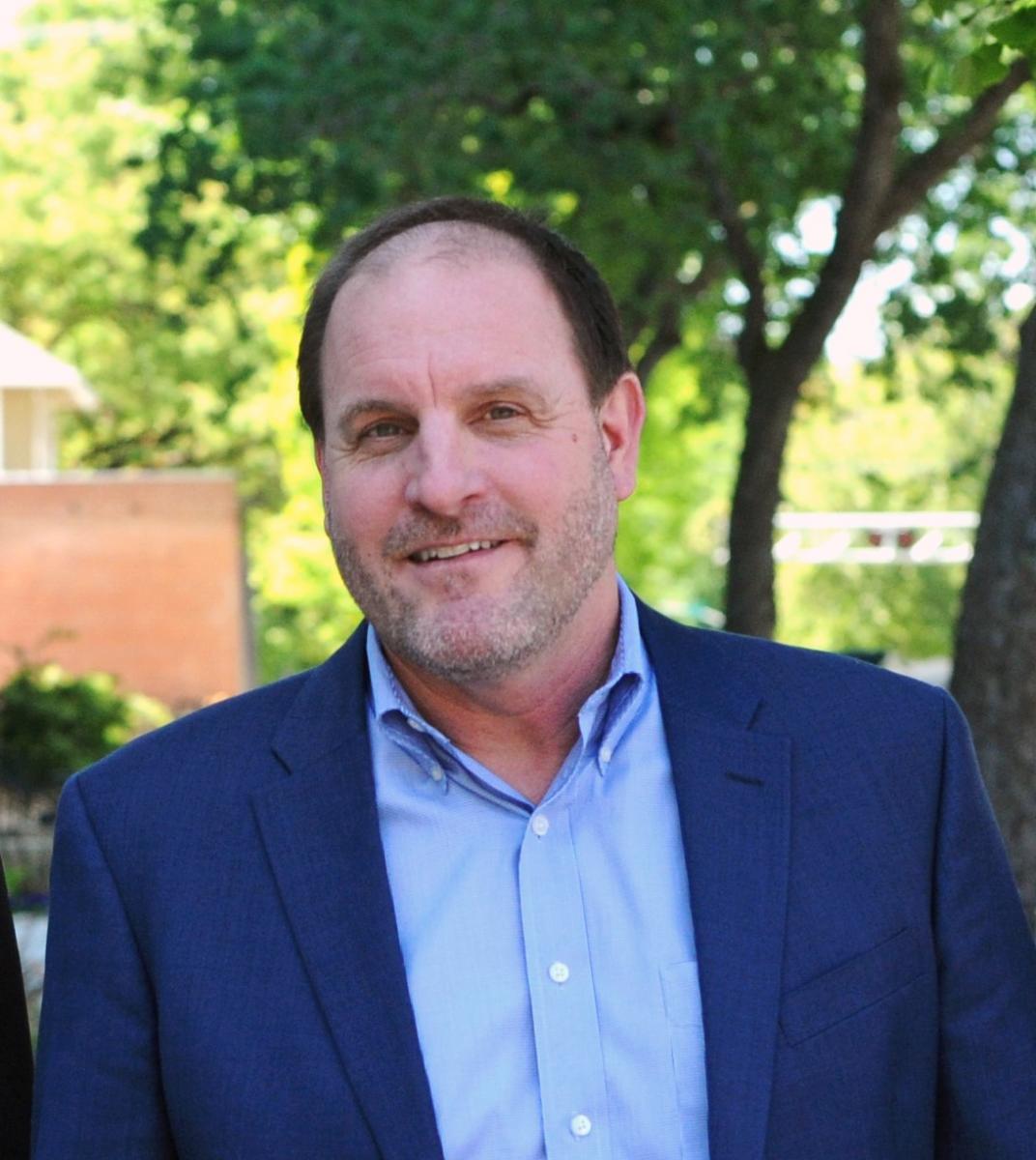
All indications point to 2021 being the year of the return path of this boomerang event that sent us all in a different direction in 2020. And while we set our glide path toward returning to normal it seems that the place where we started does not exist anymore. The world as we understood it to be has changed. The tragedy of the pandemic has reached into most of our lives affecting our families, our health and even our careers. The death toll has been unimaginable. Many have been largely out of full-time employment for so long we have seen food lines that stretch for miles. Certainly, the world around us has changed. Along with these changes we have experienced a radical shift that sets the stage for redefining what is possible moving forward.
Many assumptions have been challenged in our response to the pandemic and proven false. Some of these assumptions are reflected in how we have historically determined what is possible in healthcare. It is no secret that healthcare has always been a lagging adopter of change. In a recent Zoom call, I heard a healthcare executive frustratingly exclaim, “Change in healthcare moves at a glacial pace.” And there are often very good reasons why healthcare is a slow adopter: reduced risk, lack of capital and the fact that effective change must be evidence-based. But change has come to our doorstep in tangible and measurable ways that should be considered as we complete the journey of the past year. An oft coined phrase during the pandemic has been “the new normal”, but what if we believe that new normal is not ending?
Not only did this past year upend our lives, but it also changed what we believe is possible. For years telehealth has danced at the edges of healthcare. Technology vendors have brought to market the necessary tools to manage virtual visits, but adoption was slow. While those of us in healthcare put the onus on patients as to the lack of adoption, we discovered in 2020 that, when given the option, many patients would choose this over an office visit. It can be argued that the shift was driven by reducing personal risk and that is valid. It often takes significant force to exact change.
Adapting to Change
I have spent a career sitting in conference rooms and board rooms. Before last year, any important meeting was determined as face to face. We, in fact, murmured amongst ourselves that remote attendees to in-person meetings were less engaged. Now we are all remote. Much of the work that is done, even in healthcare, is being done remotely. Radiologists have for years argued for the value proposition of being able to read from home. I have heard every reason why this is not a viable option — many of which are related to technology. But in the past year we have seen nearly every healthcare organization transition to a distributed reading model. In many cases this transition happened within weeks of Shelter in Place orders issued at the state level. We now know, based on nearly a year of practice, that this model is both manageable and reasonable.
As with most families with older parents, our household has remained careful in its monitoring of our beloved octogenarians. Virtual visits, Zooming, and in some cases remote monitoring, have replaced the regular in-person visit. For years our parents were happy with the tools they had: land lines, regular mail, and even weekly visits to the drug store and grocery store. Now this generation, that we assumed were either unwilling or unable to accept technology, is Zooming their grandkids, managing telehealth visits with their doctor and ordering their groceries online for contactless delivery.
Challenging Assumptions
The world has indeed changed. And it is true that all these major shifts in culture and human behavior were prompted by this force called COVID-19. But what remains true is that it has challenged many of our assumptions and proven them to be, in many ways, inaccurate. Consider the way we deliver care. The workflow, technology and even patient engagement is based on many of the same assumptions. While there are immovable factors in how and why we deliver care the way we do, there is an opportunity put before us to think differently.
Perhaps this path back to where we started is not a good analogy at all. Maybe we are on a divergent path that will lead us to better delivery models, greater patient engagement and optimal working environments. This past year has been a year of massive change. The groundwork is laid to continue to move forward in new directions, adopting new ideas and validating new models.

Jef Williams is managing partner for Paragon Consulting Partners LLC, a Sacramento, Calif., based healthcare IT consulting group.


 December 10, 2025
December 10, 2025 









